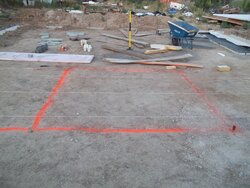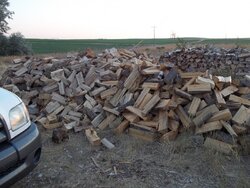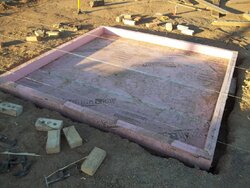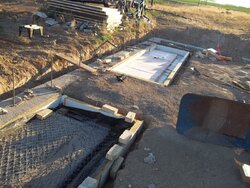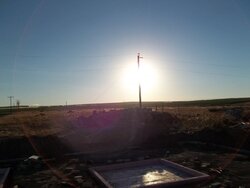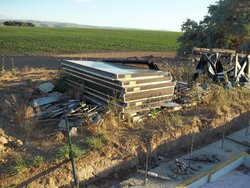lumbering on
Feeling the Heat
Here is my subscription to the thread. I find this very interesting.
I wish you the best of luck and look forward to the finished product and your review after the1st yr.
Ok, I'm in too. You've been so enthusiastic about the masonry heaters, I'd like to see this through.


